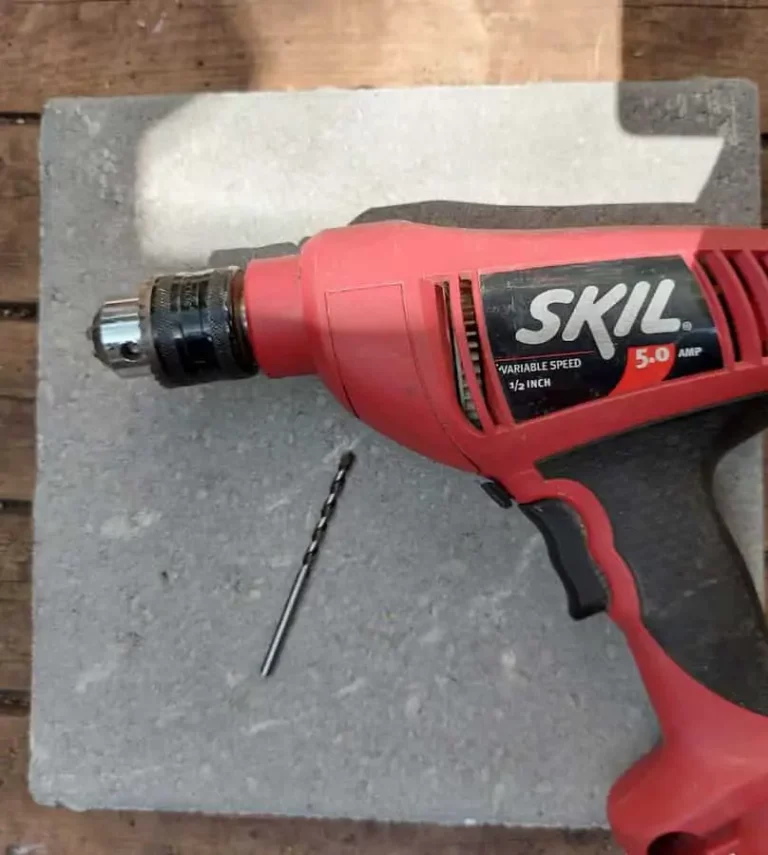Ladder Safety: Tips to Prevent Accidents During Home Repairs

When tackling home repairs, ladder safety isn’t just important; it’s essential. Choosing the right ladder, inspecting it for damage, and setting it up correctly can make a significant difference. By maintaining three points of contact while climbing, you can further reduce risks. But there are common hazards many overlook that can lead to serious accidents. Understanding these dangers and knowing how to use extension ladders properly can help keep you safe.
Choosing the Right Ladder for Your Project
When selecting a ladder for your project, how do you know you’re making the right choice? Consider the type of task you’re tackling. If you’re painting or changing a light bulb, an extension ladder might be best. For indoor tasks, a step ladder can provide the stability you need. Check the ladder’s material; aluminum is lightweight, while fiberglass offers electrical safety. Always review the ladder’s weight rating to guarantee it can support you and your equipment. Look for features like non-slip feet and a safety harness if necessary. Additionally, the ladder length should allow you to comfortably reach your work area without overstretching. By carefully evaluating these factors, you’ll choose a ladder that enhances your safety and efficiency.
Inspecting Your Ladder Before Use

Before you step onto your ladder, it’s crucial to perform a thorough inspection to guarantee your safety. Start by checking for any visible damage, including cracks, dents, or bent rungs. Confirm that all hardware, like screws and hinges, is secure and free of rust. Pay special attention to the ladder’s feet—these should be intact, providing a stable grip on the ground. If you’re using an extension ladder, check that it fully extends and locks into place. Don’t overlook the condition of the material; wooden ladders should be free of rot, while aluminum ones should be free of corrosion. Finally, give your ladder a shake to verify it’s sturdy. Taking these steps reduces the risk of accidents and keeps you safe while you work.
Setting Up Your Ladder Safely

Properly setting up your ladder is essential for guaranteeing your safety while working at height. First, choose a flat, stable surface free of debris and obstacles. Position the base of the ladder one foot away from the wall for every four feet of height. This angle provides ideal stability. Ascertain the ladder’s feet are secure and not on slippery surfaces. If you’re using an extension ladder, make sure it’s fully extended and the locks are engaged. For added safety, employ a ladder stabilizer if necessary. Always set up your ladder in an area with clear visibility and avoid windy conditions. With these precautions in place, you’re establishing a strong foundation for a safer working experience at heights.
Maintaining Three Points of Contact
To guarantee your safety while climbing, maintaining three points of contact is essential. This means you need two hands and one foot, or two feet and one hand, securely holding onto the ladder at all times. Here are some tips to help you achieve this:
- Grip Firmly: Always keep your hands firmly on the ladder’s rungs or side rails.
- Position Your Feet: Place your feet on stable rungs, avoiding any stretching or leaning.
- Use a Tool Belt: Carry tools in a belt to keep your hands free and maintain contact.
- Avoid Distractions: Focus on your balance, and avoid engaging in conversations while climbing.
Avoiding Common Ladder Hazards
Maintaining three points of contact is just the first step in ensuring ladder safety. You need to watch for common hazards that can lead to accidents. Always position your ladder on a stable, level surface; avoid soft or uneven ground. Make sure to check for overhead electrical lines before you climb. If you’re using a step ladder, keep it fully opened with the spreaders locked. Avoid carrying tools in your hands; instead, use a tool belt or have a helper pass them to you. Always face the ladder while climbing and never lean out too far. Finally, inspect your ladder for any damages before each use. Taking these precautions will greatly reduce your risk of falling and getting injured.
Using Extension Ladders Properly
When using extension ladders, safety should always be your priority. To guarantee safe usage, follow these critical steps:
- Set Up on Stable Ground: Confirm the ladder’s feet are on a firm, level surface to prevent tipping.
- Extend to the Proper Height: Make certain the ladder extends at least three rungs above your intended reach to maintain stability.
- Maintain a 4-to-1 Ratio: Position the base of the ladder one foot away from the wall for every four feet of height.
- Secure the Ladder: Lock all extension sections into place and use a stabilizer if possible for added safety.
Knowing When to Ask for Help
Have you ever found yourself questioning whether it’s time to call for assistance while using a ladder? It’s essential to recognize your limits. If you’re reaching high areas and start to feel unbalanced or uneasy, don’t hesitate to ask for help. In addition, if you have heavy tools or materials, consider having a buddy to hand them to you, ensuring you maintain your balance. Always be aware of your surroundings—if the weather is windy or if the ground is unstable, it’s wise to get assistance. Finally, if you’re tackling a project that requires prolonged ladder use, a second set of hands can prevent fatigue and minimize risks. Remember, it’s always better to be safe than sorry.




